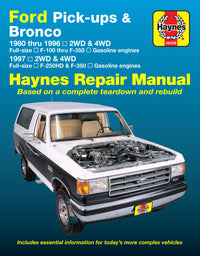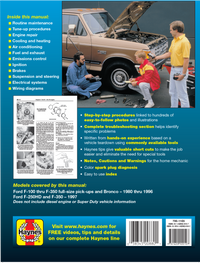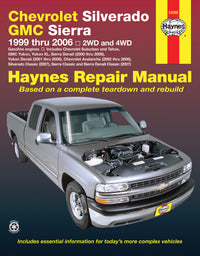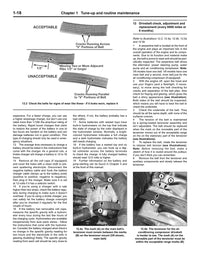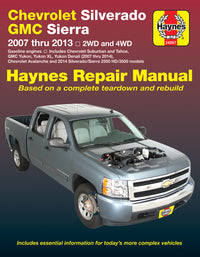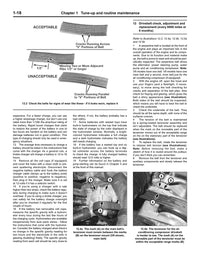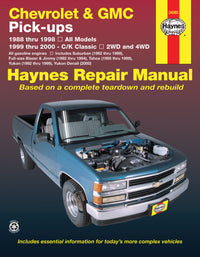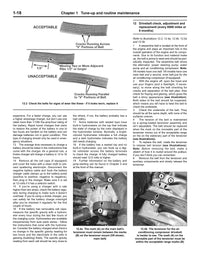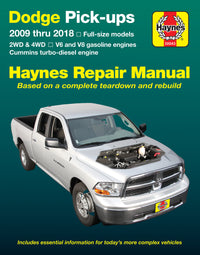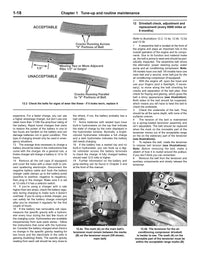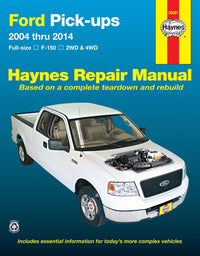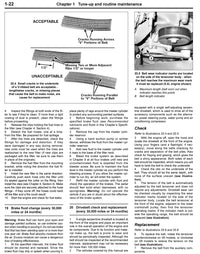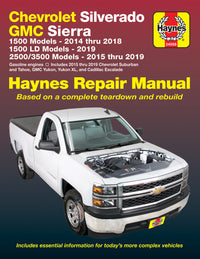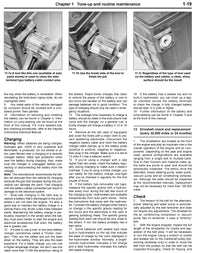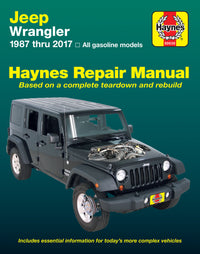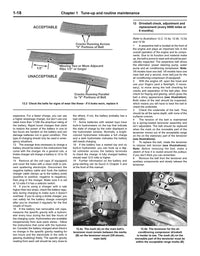Riders prefer simplicity
Need the detail fast? This manual lets you search or scroll for exactly what you need, putting clear, easy to follow service guidance in your fingertips.
Written for Riders, Not Engineers
Haynes and Clymer Manuals
- Use plain, clear language
- Break procedures into step-by-step instructions
- Include real-world advice learned during actual teardown and rebuild
- Offer helpful tips and cautions based on common DIY mistakes
Factory Service Manuals:
- Assume professional training
- Use technical shorthand and part/tool codes without definitions
- Frequently reference specialized tools with little context
- Focus more on spec compliance than user understanding
Procedures Are Practical, Not Just Translated
Unlike Factory Service Manuals, which are written from a manufacturer’s engineering documentation, Haynes and Clymer manuals are based on a full hands-on experience of applying that to the motorcycle. That means:
- Every step has been documented for DIY use
- Adjustments for tool access, real-world clearance, and part substitutions are noted
- Issues like rounded bolts or frozen fasteners are anticipated
This makes a huge difference when you’re in your space working solo and need practical guidance, not just specs.
Organization and Readability
Haynes and Clymer Manuals:
- Clearly defined sections (e.g., “Brakes,” “Electrical,” “Engine Service”)
- Color-coded or tabbed navigation (in digital versions)
- Quick-reference torque spec charts
Factory Manuals
- Often organized by component code or technical system
- May require flipping between dozens of pages or appendices
- Omits a “walkthrough” structure—more of a technical archive
Minimise the use of dealer-specific Tools
Factory manuals often call for:
- Manufacturer-only tools (e.g., BMW’s clutch alignment pin #83300496700)
- Software tools for diagnostics or resets
- Service procedures that assume access to lifts or specialty presses
By contrast, Clymer and Haynes focus on tools most riders actually have:
- Torque wrenches, socket sets, pliers
- Hand-held diagnostic readers (when needed)
- Advice on tool substitutions when special tools are required
Designed to Build Skill, Not Just Service the Bike
The real strength of a Haynes or Clymer manual is that it’s built to teach. You don’t just fix a problem—you understand it:
- Learn why clearances matter, how fluid systems work, and what common symptoms mean
- Pick up habits like torquing correctly, using a maintenance log, and inspecting components proactively
- Develop skills you can use across any motorcycle



